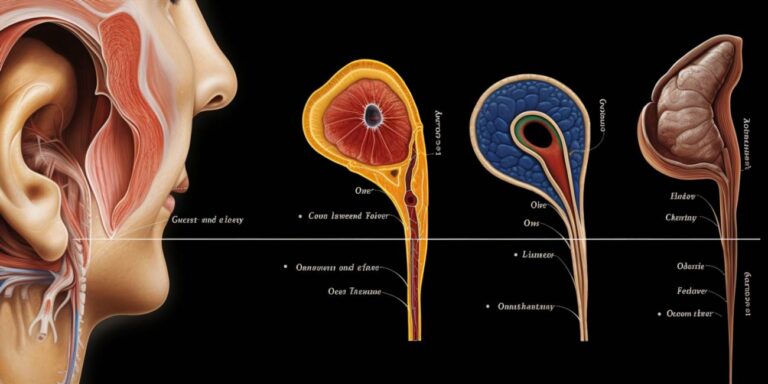Meniere’s disease is a chronic inner ear condition that can significantly impact a person’s quality of life. It is characterized by a combination of symptoms, including vertigo, hearing loss, tinnitus, and a feeling of fullness or pressure in the ear. To better comprehend this condition, it’s essential to delve into the three distinct stages of Meniere’s disease, each with its unique set of symptoms and challenges.
The first stage: early symptoms
The initial stage of Meniere’s disease often begins with mild and sporadic symptoms. These may include occasional dizziness or vertigo, which can last for a few minutes to several hours. Patients may also experience mild tinnitus, a ringing or buzzing sensation in the affected ear, and some fluctuating hearing loss.
During this stage, individuals may not always associate these symptoms with a specific medical condition, leading to delayed diagnosis. However, it’s crucial to pay attention to these warning signs and seek medical advice if they persist or worsen.
The second stage: moderate to severe symptoms
As Meniere’s disease progresses, it typically enters the second stage, marked by more frequent and intense symptoms. Vertigo episodes become longer and more debilitating, often accompanied by severe nausea and vomiting. Hearing loss may become more noticeable and can affect both low and high-frequency sounds. Tinnitus can also intensify, becoming a constant presence in the affected ear.
Patients in this stage may find it challenging to maintain their daily routines due to the unpredictable nature of vertigo attacks. Work, social activities, and even simple tasks like driving can become daunting. Seeking medical treatment becomes crucial at this point to manage symptoms and explore treatment options.
The third stage: advanced symptoms and hearing loss
In the third and most advanced stage of Meniere’s disease, symptoms reach their peak intensity. Vertigo attacks can last for several hours or even days, severely affecting a person’s ability to function. Hearing loss becomes profound, making communication difficult, and tinnitus remains persistent and distressing.
Patients in this stage may also experience a phenomenon called a “drop attack,” where sudden falls occur without warning. These falls can lead to injuries and further reduce a person’s mobility and independence.
Faqs
Q: is meniere’s disease curable?
A: Currently, there is no known cure for Meniere’s disease. Treatment focuses on managing symptoms and improving the patient’s quality of life.
Q: how is meniere’s disease diagnosed?
A: Diagnosis typically involves a combination of medical history, physical examination, hearing tests, and balance assessments. Imaging tests like MRI may also be used to rule out other conditions.
Q: what treatment options are available?
A: Treatment options for Meniere’s disease may include medications to control symptoms, dietary changes to reduce fluid retention, and in some cases, surgical procedures to alleviate symptoms.
Q: can meniere’s disease lead to complete deafness?
A: While severe hearing loss is a common symptom of advanced Meniere’s disease, it does not necessarily lead to complete deafness. Some degree of hearing may still be present, but it varies from person to person.
In conclusion, understanding the three stages of Meniere’s disease is crucial for early detection and effective management. If you or someone you know is experiencing symptoms related to Meniere’s disease, it’s essential to consult a healthcare professional for proper evaluation and guidance on treatment options.
See also:





